Quote
Macrolife is life squared per cell. Man the multi-celled organism stands between macrolife and the cell. Macrolife is to man as man is to the cell ... Macrolife is a new life-form of gigantic size which has for its cells individual human beings, plants, animals and machines. Civilizations have had this same structure, except macrolife is mobile, and it can reproduce.
Cole in Macrolife: A Mobile Utopia, George Zebrowski
0 notes
Photo


Images of the Lovell Telescope taken whilst conducting a recent research trip into radio astronomy and related datasets at Jodrell Banks! The development of the SKA which some of the scientists here are also involved with, presents a huge challenge in terms of big data. The SKA 1 will launch in 2027 and create 600PB of data a year – big not just in terms of science data rates – but also in terms of commercial data rates
0 notes
Quote
[From unsupervised learning] we’re more likely to see ... a change to our existing paradigms for classification rather than looking for new things. For example, FR1 and FR2 galaxies are a subjective cut the morphological characteristics and there is no clear distinction, it is a spectrum. I expect ML might give us a different morphological classification.
Prof Anne Scaife, University of Manchester
0 notes
Photo
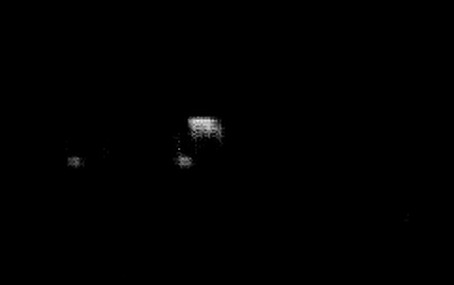
A fake radio galaxy generated by running a DCGAN in Google Colab with Pytorch using the FRDEEP dataset. It’s not very impressive but it took a lot to get here!
0 notes
Text
DATASET: Galaxy10
The original Galaxy10 dataset was created with Galaxy Zoo (GZ) Data Release 2 where volunteers classify ~270k of SDSS galaxy images where ~22k of those images were selected in 10 broad classes using volunteer votes. GZ later utilized images from DESI Legacy Imaging Surveys (DECals) with much better resolution and image quality.
https://astronn.readthedocs.io/en/latest/galaxy10.html
0 notes
Text
DATASET: FR DEEP
The FR-DEEP Batched Dataset is a dataset of labeled radio galaxies suitable for use with deep learning algorithms. The labels for the samples are compiled from the FRICAT and CoNFIG catalogs. Each sample is classified as either Fanaroff-Riley Class I (FRI) or Class II (FRII). This dataset forms the base training data for the paper Transfer Learning for Radio Galaxy Classification.
Transfer learning for radio galaxy classification, Tang H., Scaife A. M. M., Leahy J. P., 2019, arXiv:1903.11921
https://github.com/HongmingTang060313/FR-DEEP
0 notes
Link
‘Matteo Pasquinelli and Vladan Joler describe ML as ‘an instrument of knowledge magnification’ and diffraction, comparing it to optical instruments of perception such as the telescope or the microscope, which have the power to extend human insight but always come with inbuilt aberrations that distort how we ‘see’ through them.’ –– A Different Research Agenda: Julia Kaganskiy Introduces the Creative AI Lab
0 notes
Quote
We live in a modern scientific age characterised by a radical gap between data and things. No one access mode can exhaust all the qualities and characteristics of a thing. Therefore things are open, they withdraw from total access
Timothy Morton, Being Ecological
1 note
·
View note
Photo

The CIty and The Stars is Arthur C Clarke’s fable of a far distant future, millions of years after our civilisation has vanished into dust. Known for his extraordinary prescience with regards to technology, Clarke’s visions of alien and artificial intelligence in this novel offer interesting reflections for our present moment.
‘Lying beneath him was a dead city of strange, white buildings, a city bleached by a fierce light not meant for human eyes. Dead it might be for it had never lived, but it pulsed with energies more potent than any that had ever quickened organic matter’
[Vanamonde]: ‘He’s a pure mentality, and his knowledge seems unlimited … Has a collosal, perhaps an infinite mind … The whole of the past seems open to his mind in a way that's diffiult to describe, there’s no doubt that his origin is bound up with all the great mysteries of the past’
–– Arthur C Clarke, The City and The Stars
0 notes
Quote
Computation is a pattern in the spacetime arrangements of particles, and it’s not the particles but the pattern that matters
From a physics perspective, everything future life may want to create, from habitats and machines to new life forms – is simply elementary particles arranged in a particular way
Max Tegmark, Life 3.0
0 notes
Photo
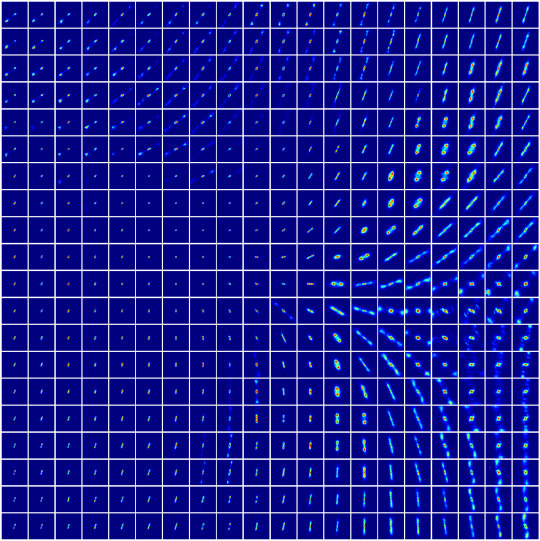
2D latent mapping of a variable auto encoder (VAE) model for generating postage stamp images of synthetic Fanaroff-Riley Class I (FR1) and Class II (FR2) radio galaxies suitable for use in simulations of future radio surveys
Credit: David J. Bastien, Machine learning for radio astronomy: Structured Variational Inference for Simulating Populations of Radio Galaxies. 2020
0 notes
Link
Creative AI Lab is a collaboration between Serpentine R&D Platform and the Department of Digital Humanities, King’s College London.
New approaches to aspects of Artificial Intelligence/Machine Learning (AI/ML) including interface design, production and engagement have emerged from artistic practices. The aim of the lab is to surface this ‘back-end’ knowledge and link it to wider artistic and curatorial practices in order to overcome the existing ‘black-box’ narratives. Through the lens of art-making, the lab produces knowledge for cultural institutions, artists, engineers and researchers on how to engage AI/ML as a media. Additionally, the lab aims to develop institutional capacities to engage with this media for the benefit of the wider cultural sector.
0 notes
Photo
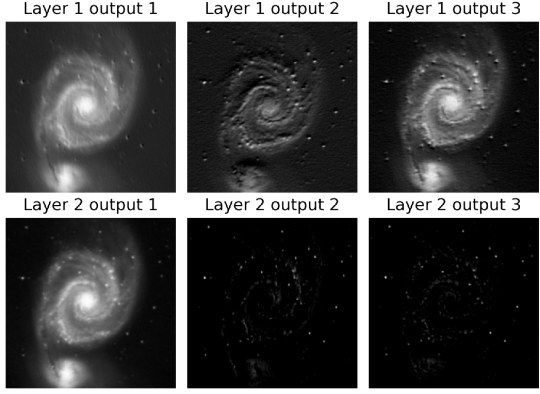
Fig. 4 Selection of intermediate feature maps in the first (top row) and second (bottom row) layer of the neural network.
‘One of the strengths of CNN is that the feature map at each layer is an image that can be visualized. We report in Figure 4 a selection of features maps from the output of the first and second layers. We can see that the first layer contains some low pass or directional filtering whereas layer two contains more semantic information.
Astronomical image reconstruction with Convolutional Neural Networks, Rémy Flamary, Université Cote d’Azur, Nice, France. Full paper available here.
#artificial intelligence#astrononmy#machinelearning#featuremap#galaxy#imagereconstruction#art#science
0 notes
Photo
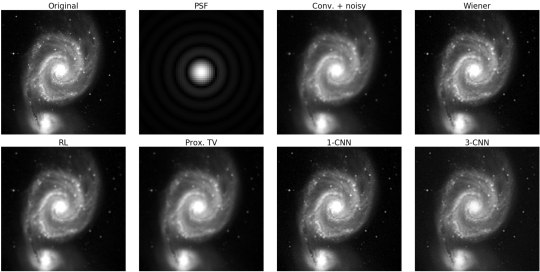
Fig. 3. Visual comparison of the original and AI reconstructed images for M51a.
Astronomical image reconstruction with Convolutional Neural Networks, Rémy Flamary, Université Cote d’Azur, Nice, France. Full paper available here.
0 notes
Quote
A dataset when you're talking about machine learning, is the input that you put into the algorithm, it's a vast array of information, it could be anything from pictures, it can be numbers, it can even be sound – that essentially becomes the world that the algorithm knows.
Through constructing your own dataset: [you] start to understand how they can have biases; gaps; what's there; what's not there; how they might be labelled; what those labels might mean to a machine, but also to a human. And the amount of time, labour, effort that goes into constructing these things. When you get them off the shelf, when you download them from the internet, you don't really understand the process of ... constructing these things.
Anna Ridler, Algorithms in the Arts, Front Row, BBC Radio 4, Aug 2020
1 note
·
View note
Photo
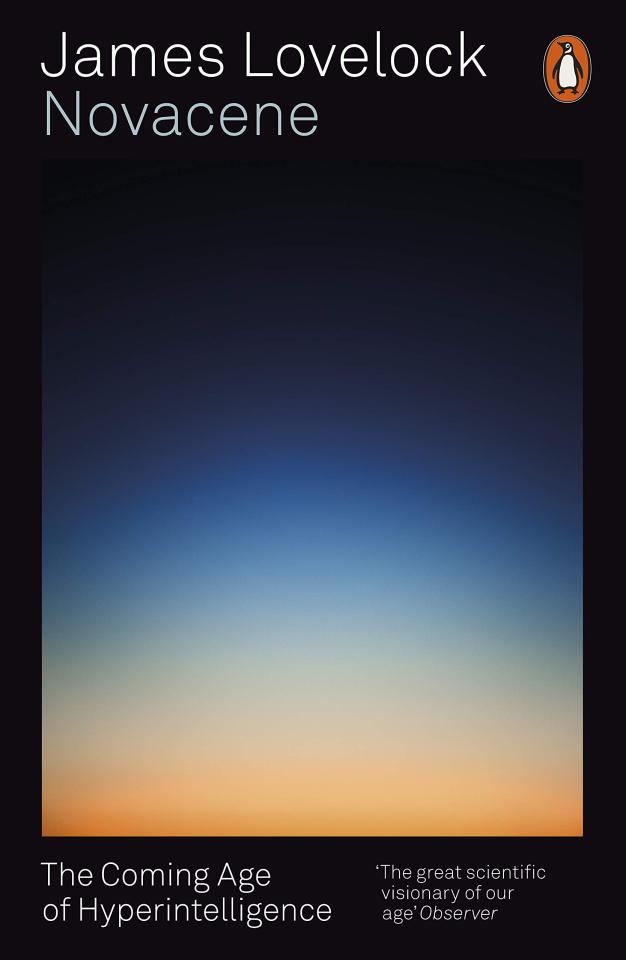
Just finished James Lovelock’s Novacene, a refreshingly optimistic view of our future and the coming of hyper-intelligence in which he sees the beings that emerge from existing artificial intelligence systems will be as dependent on the health of the planet at we are: ‘we will be partners in the project of future life on Earth’ 🌎🌱 (Let’s hope so!)
‘Must we fear the future and the surprises the Novacene might bring? I do not think so. This epoch will mark the end of what is to us nearly 4 billion years of biological life on this planet [...] If [...] the universe exists to produce and sustain intelligent life, then we are playing a part like that of the photosynthesis era, organisms that set the scene for the next stage of evolution’
‘The intelligence that launches the age that follows the Anthropocene will not be human. It will be something wholly different from what we can now conceive. Its logic, unlike ours, will be multidimensional. As with the animal and vegetable kingdoms, it may exist in many separate forms, varying in size, speed and power to act. It may be the next, or even the final step in the development of the evolution of the cosmos’
(Written at 100 might I add!!)
1 note
·
View note
Link
‘What’s really changed … is machine learning where the algorithm can change and mutate and become something new according to it’s encounter with new data’––Marcus du Sautoy
0 notes